Space
Sign up for our newsletter
We summarize the week's scientific breakthroughs every Thursday.
-
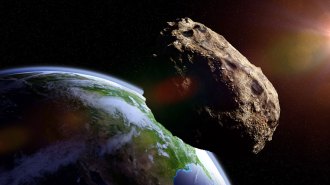 Science & Society
Science & Society‘End Times’ explores the catastrophic events that could kill us all
A new book looks at the threats that could wipe out humankind and what can be done to counteract them.
By Kyle Plantz -
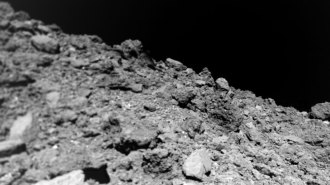 Space
SpaceFor an asteroid, Ryugu has surprisingly little dust on its surface
Ryugu lacks the dust that some other space rocks have. The near-Earth asteroid may hide the fine debris inside porous rocks or eject it into space.
-
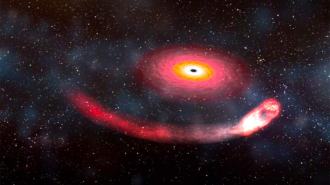 Space
SpaceLIGO and Virgo probably spotted the first black hole swallowing up a neutron star
In a first, astronomers may just have detected gravitational waves from a black hole merging with a neutron star.
-
 Space
SpaceA planetary body may have smashed into Jupiter, creating its weird core
A planetary body smashing into Jupiter may have jostled the gas giant’s insides during its formative years, creating the strange interior seen today.
-
 Space
SpaceAstronomers just quintupled the number of known repeating fast radio bursts
A Canadian telescope spotted eight more repeating fast radio bursts. What causes these cryptic flashes of radio waves from deep space remains unclear.
-
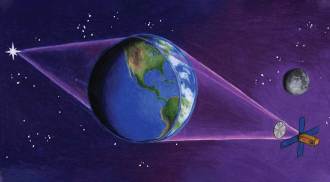 Space
SpaceA proposed space telescope would use Earth’s atmosphere as a lens
One astronomer has a bold solution to the high cost of building big telescopes.
-
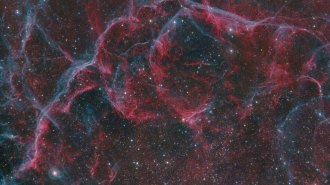 Physics
PhysicsExploding stars scattered traces of iron over Antarctic snow
Researchers melted half a ton of snow to find just 10 atoms of a radioactive variety of iron.
-
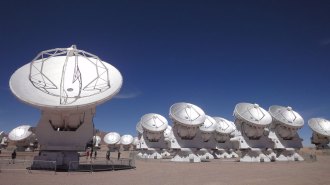 Astronomy
AstronomyGiant, active galaxies from the early universe may have finally been found
Overlooked galaxies from when the universe was younger than 2 billion years old could be the ancestors of other ancient and modern monster galaxies.
-
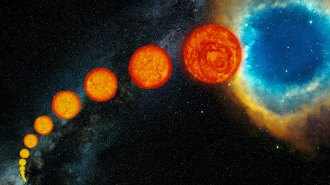 Astronomy
AstronomyStars may keep spinning fast, long into old age
NASA’s TESS telescope has spotted an old star that spins too fast for theory to explain, suggesting that stars may have a magnetic midlife crisis.
-
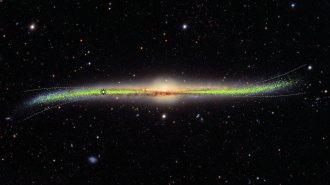 Astronomy
AstronomyA 3-D map of stars reveals the Milky Way’s warped shape
Our galaxy flaunts its curves in a chart of thousands of stars called Cepheids.
-
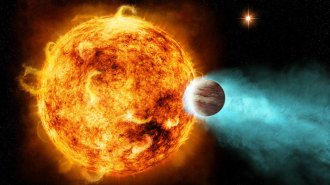 Astronomy
AstronomyTESS has found the first-ever ‘ultrahot Neptune’
NASA’s TESS telescope has spotted a world that could be a bridge between other types of exoplanets: hot Jupiters and scorched Earths.
-
 Cosmology
CosmologyDebate over the universe’s expansion rate may unravel physics. Is it a crisis?
Measurements of the Hubble constant don’t line up. Scientists debate what that means.